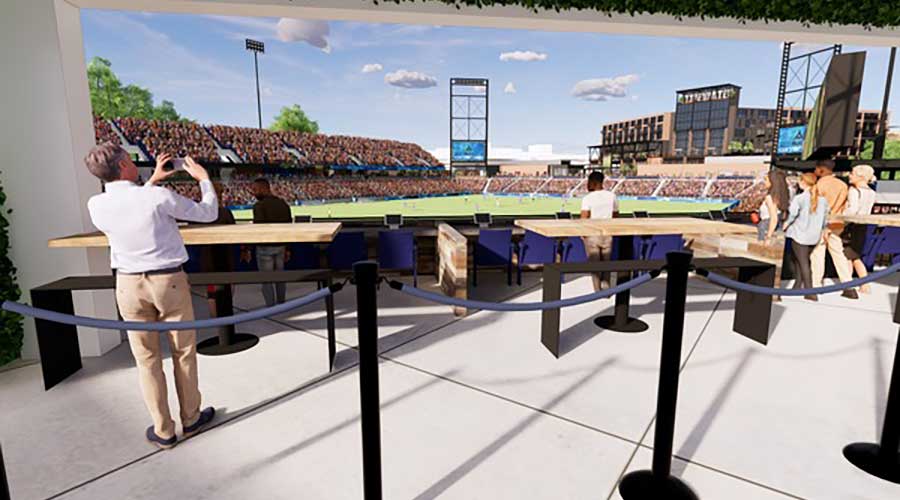Flat-Panel Display Issues In PSAP/Command Centers
These PSAP/command center facilities are necessarily filled with an enormous amount of visual information displays — typically flat-panel displays. Large wall-mounted units, singular and multiplexed, show information critical to providing a common operational picture, while smaller, console-mounted screens are tools for coordinating data and operating proprietary incident and communications systems for personnel.
While we are well beyond the days of bulky CRT monitors, flat screens are both a blessing and curse within the modern PSAP/command center facility. Sleek, far more energy efficient, and of extraordinary display quality, the ever-evolving flat-screen technology is precisely tailored to deliver a full range of information within critical environments. But because flat screens can be clustered in an array to provide even more information, there is a risk they will overwhelm the dispatch and operations staff with information, potentially diluting focus and adding to visual chaos.
A surprising issue raised by the clusters of flat displays at dispatcher/operator positions is the acoustical reflectivity of these surfaces.
Once screens are arrayed three to five wide over two rows, the cumulative surface area becomes significant. The very concept of arranging screens for optimal visual alignment typically results in these screen surfaces also forming a perfect sound collector, focusing ambient noise back toward the operators or more typically to a point some 6 to 8 feet immediately behind them.
While the going trend continues to be extensive use of multiple flat-panel displays at dispatch/operator consoles, this issue remains to be addressed.
Thus, in your planning for console technology and information display, the careful clustering of console furniture should seek to mitigate this phenomenon where possible.
Keyboard, video, and mouse (KVM) technologies are relatively new to the PSAP/command center scene as well. With this technology, interface devices are linked to servers housed in a dedicated equipment room. The elimination of servers on the operations floor yields several benefits. With CPUs and associated support removed from operations floors, space is freed for more efficient and flexible console arrangements. What's more, a key source of operations-floor heat load is removed to an environment equipped to most efficiently manage and maintain proper environmental conditions for equipment. A higher level of control and increased ease of system maintenance are also achieved by centralizing servers within a dedicated, secure equipment room.
As a point of caution, use of KVM technology introduces a new technology link (and potential point of failure) within the operator environment and begs the need for skilled staff specifically trained to maintain these systems.
Space Planning
Planning configurations within PSAP/command centers are typically organized around core activities and working units within the agency. A well-defined agency concept of operations determines whether agencies work primarily as a single entity or as smaller units operating within the collective and reporting back to the entire agency group. Units may represent geographic areas, participant agencies, or expertise focusing on specific stages of the emergency communications or operations cycle. Planning concepts therefore range from a single-focused, unidirectional theater concept to clustered groupings best addressing unit needs but rationally coordinated within the overall operations floor design.
Because the work approach can vary with the situation, there may be a need to adapt the PSAP/command center configuration to best support operational needs. Thus, what is vital to true adaptability is planning flexibility that not only encompasses furnishings and loose equipment but power and communications infrastructure, and which is achieved quickly and efficiently. In all contingent planning scenarios, information dissemination and tools for maintaining a common operational picture within the entirety of the operations floor should not be forgotten.
Related Topics:














